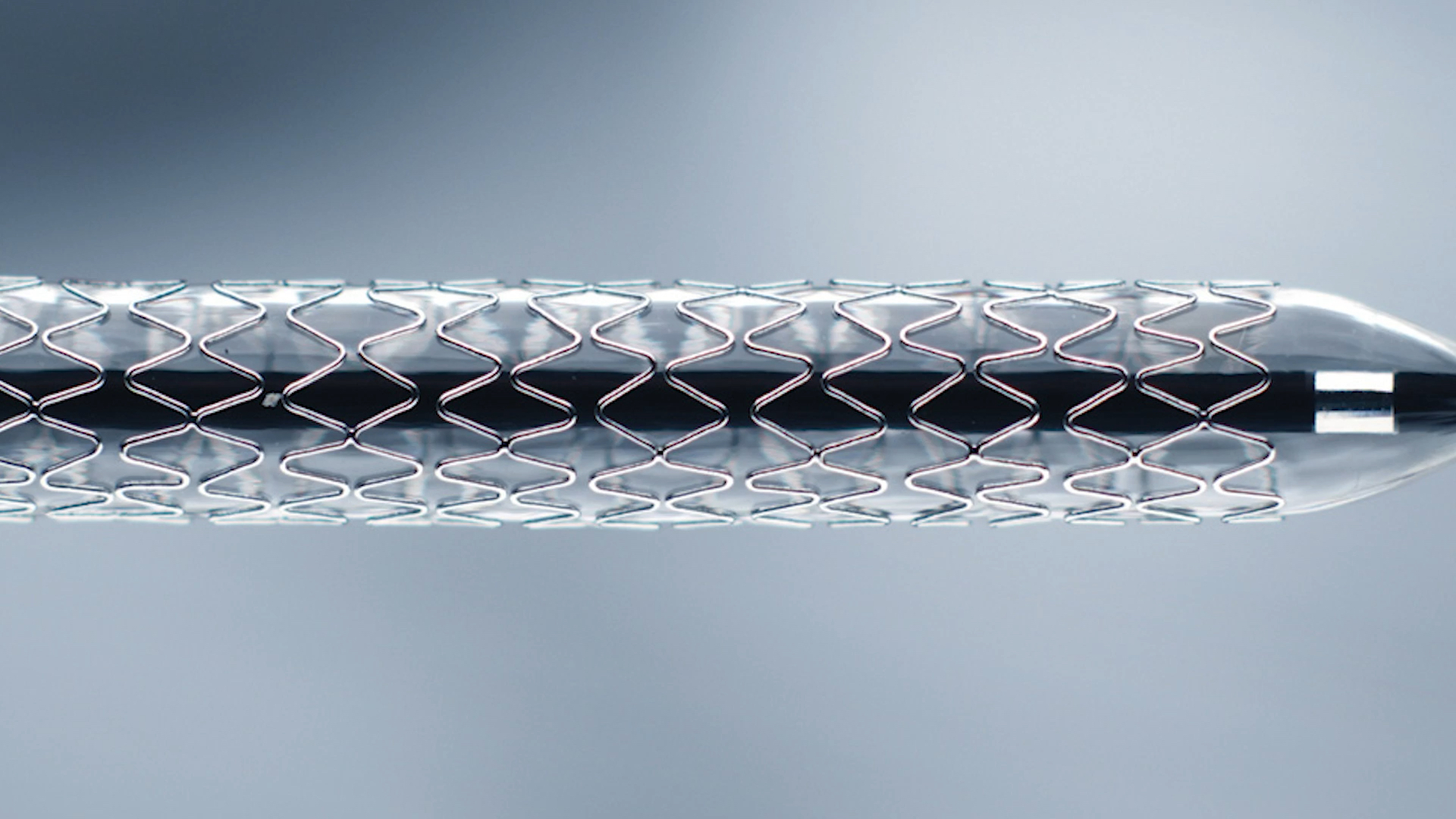NEW YORK (Reuters Health) – Of the three modalities available for treating native coarctation of the aorta, balloon angioplasty yields less favorable outcomes than surgical correction or stenting, according to the results of an observational study reported in the Journal of the American College of Cardiology for December 13/20.
However, Dr. Thomas J. Forbes, with Children’s Hospital of Michigan in Detroit, and colleagues advise, “Because of the nonrandomized nature of this study, these results should be interpreted with caution.”
The authors note that the transcatheter approach has become more common than surgery for coarctation of the aorta at many institutions, but limited follow-up data has made it difficult to determine which treatment option is superior. They therefore set up a prospective, 36-center observational study to compare outcomes of the different treatments.
Over a 7-year period, 350 patients were enrolled in the study. In this cohort, 217 underwent stenting, 61 underwent balloon angioplasty, and 72 had surgery.
All three approaches produced acute improvement in systolic blood pressure and the blood pressure gradient between upper and lower extremities (ULG), the team found. Based on a ULG cut-off of 10 mm Hg, success rates were 75% with stenting, 35% with angioplasty and 89% with surgery.
Over the short-term (up to 18 months), the surgical group and the stent group continued to show a significant advantage over the balloon angioplasty arm in achieving a ULG of 10 mm Hg or less. After 18 months, the surgical approach remained superior to angioplasty using the same criteria.
Acute complication rates were 2.3% in stent patients, significantly lower than in surgical patients (18.1%) and the angioplasty group (9.8%), the data indicate.
Planned reintervention rates were highest in the stent group (16.1%), as a staged approach is mostly limited to this modality. There were no differences between groups in rates of unanticipated reinterventions due to re-obstruction, Dr. Forbes and colleagues report.
Summing up, they conclude: “Stent patients had significantly lower acute complications compared to surgery patients and BA (balloon angioplasty) patients. At short-term and intermediate follow-up, stent and surgical patients achieved superior hemodynamic and integrated aortic arch imaging outcomes compared to BA patients. Stent patients were more likely to require a planned reintervention, with no differences observed among the 3 groups regarding the need for performing unplanned reinterventions.”
Reference:
J Am Coll Cardiol 2011;58:2664–2674.









